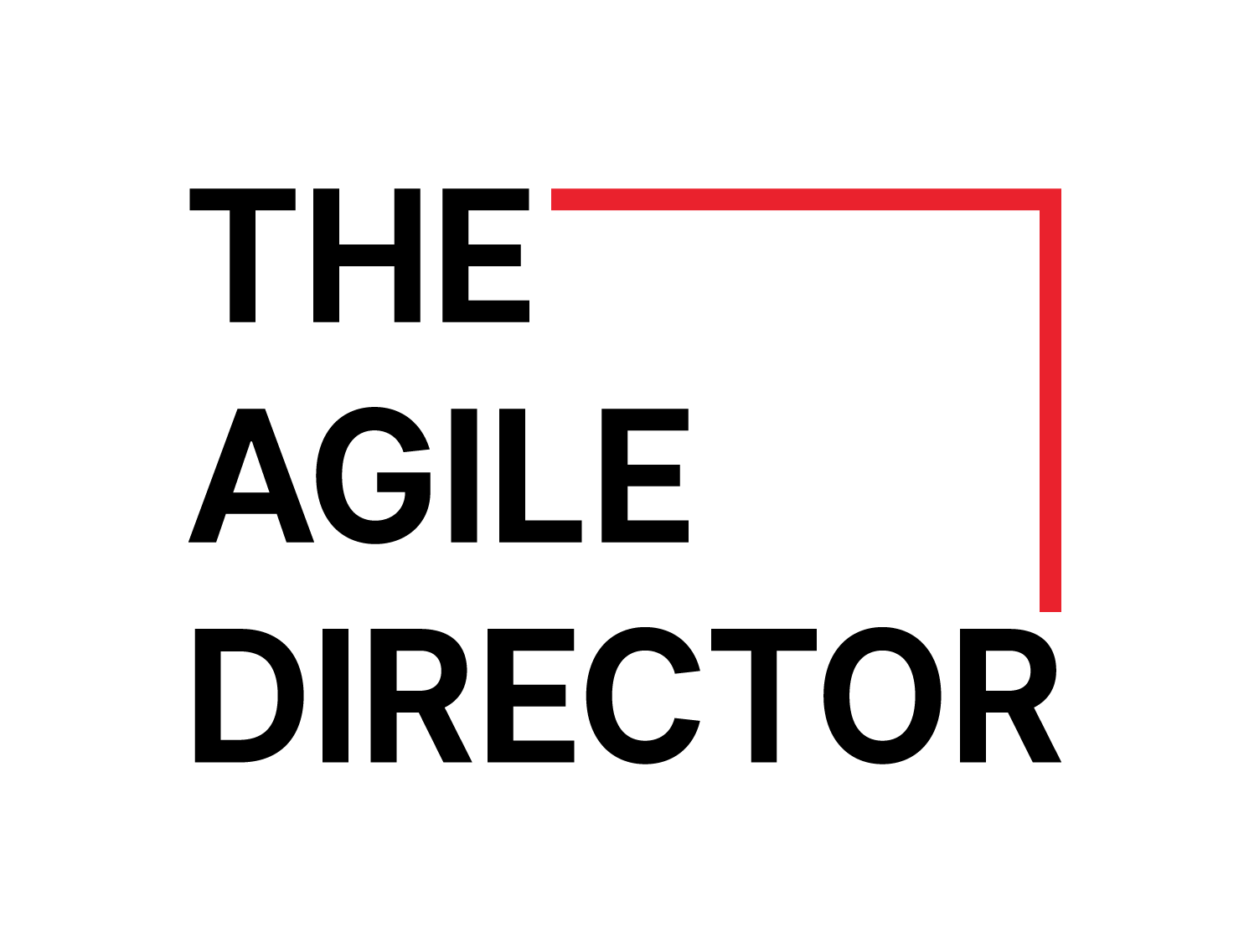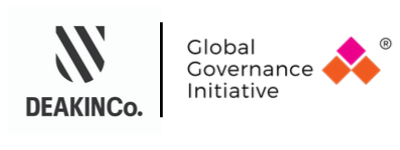Compare Governance Training Courses in the Market. Which one is right for you?

GGI Global Governance Initiative
AICD Australian Institute of Company Directors
GIA Governance Institute of Australia
IODNZ Institute of Directors New Zealand
Getting started
“One of the most common misperceptions I’ve witnessed over the years is that people think good governance is hard, when it’s actually common sense,” said Donovan. “The problem is that the approach to governance education is often abstract, making it difficult for people to walk away with a clear set of actions to implement in their business.”
To start your governance journey, Donovan recommends reflecting on your organisation by looking at five key areas:
- Culture & Purpose – why does your organisation exist? Define this and ensure every employee feels connected to it. It needs to start at the top and reach every part of your organisation. It is essential to get this right before addressing any other areas.
- Society – what is your relationship to society, what impact do you have, or do you want to have and how does this align with your social and ethical obligations?
- Entrepreneurship – how are you balancing your strategy and risk to ensure your long-term sustainability?
- Prosperity – financial performance is key to an organisation, but it doesn’t exist in isolation. Look at how your financial approach supports your purpose and what balance works for you.
- Integrity – how do those at the top establish and display integrity of responsibility and behaviour? And how will you take responsibility for those decisions?
“I’d encourage anyone in an executive or board position to really think about the above areas. Even established organisations with a governance framework in place need to constantly check in to ensure their approach remains relevant. Recently, stakeholder expectations have been given a lot more weight and this may require a re-calibration of governance approach.”


